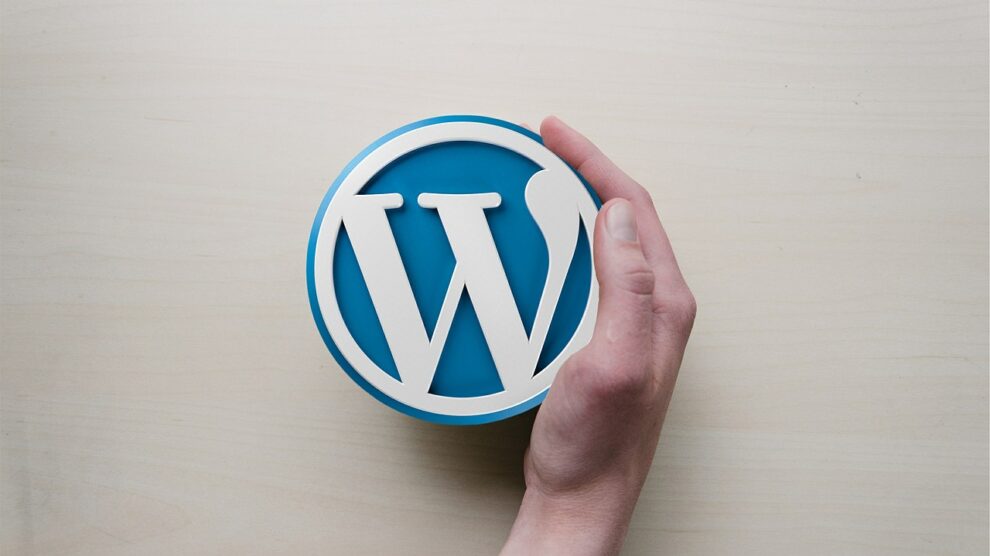Are you tired of your WordPress website loading slowly? In today’s fast-paced digital world, every second counts when it comes to online user experience. Slow loading times may result in increased bounce rates, diminished search engine rankings, and ultimately reduced revenue for your business.
In this comprehensive guide, we will explore the strategies and techniques for optimizing your WordPress site for lightning-fast load times. From choosing the right hosting provider to implementing caching solutions and image optimization, we’ve got you covered.
Let’s get started!
Proven tips to speed up your WordPress website
Invest in quality web hosting
The performance of your WordPress site heavily depends on the quality of your web hosting. You must opt for a hosting provider that offers optimized servers, SSD storage, and robust infrastructure to handle your website’s traffic efficiently.
In addition to these benefits, quality web hosting comprises features like automatic backups, 24/7 support, and security measures such as firewalls, SSL certificates, etc., to safeguard your site against downtime and potential threats. By investing in a reputable web hosting service, you can lay a solid foundation for optimizing your WordPress site’s speed and performance.
Choose a well-optimized theme
Opting for a lightweight and well-optimized theme is another crucial step toward WordPress website speed optimization. Numerous themes, including heavy design and lightweight options, are available in the WordPress marketplace.
Instead of selecting a feature-rich theme, which typically involves a substantial amount of code (that must be loaded each time someone visits your site), consider adopting a minimalist approach. Opt for a theme that includes only the essential elements needed for optimal functionality.
Furthermore, you can go with custom theme development to create a theme that includes only the required functionalities. This approach ensures that your website is not burdened with unnecessary features, thus helping to maintain fast loading times and smooth performance for your visitors. To do this, you can either partner with a WordPress web development company or utilize online resources and tutorials to craft a bespoke theme yourself.
Optimize images and media
Images and media files, particularly those with large sizes, are often the largest contributors to slow page loading times. When these files are not properly optimized for the web, they can significantly increase the time it takes for a web page to load, especially on slower internet connections or mobile devices.
Therefore, it is essential to optimize images by compressing them without compromising quality using tools like TinyPNG or ImageOptim. Additionally, consider lazy loading images to defer their loading until they are needed, reducing initial page load times.
However, it is worth noting that executing these image optimization tasks can be time-consuming. If you are a business owner facing time constraints, we advise you to hire a WordPress developer to handle such optimizations efficiently.
Keep your WordPress site updated
Regularly updating WordPress core, themes, and plugins is essential for maintaining site security, stability, and performance. Updates often include bug fixes, security patches, and performance enhancements that can help optimize your WordPress site for speed.
Additionally, you can enable automatic updates whenever possible to ensure that your site is always running the latest and most secure WordPress version.
Optimize your WordPress database
There is a high chance that, with time, the WordPress databases will become bloated with unnecessary data, such as expired transient options and spam comments. This can slow down database queries and overall site performance.
To maintain optimal site performance, regularly clean up and optimize your database by removing unused data. Additionally, you can use database optimization plugins like WP-Optimize or WP-Sweep to automate the optimization process and keep your database lean and efficient.
Make use of faster plugins
Not all WordPress plugins are created equal when it comes to performance. Avoid using plugins that add unnecessary bloat or perform redundant functions. Instead, choose lightweight, well-coded plugins that have minimal impact on site speed and resource usage.
Before installing a new plugin, research its performance impact and consider testing it on a staging site to ensure it does not degrade site performance. In this regard, some of the top WordPress plugins are WPForms, All in One SEO, MonsterInsights, and SeedProd.
Optimize background processes
Background processes such as scheduled tasks and automated backups can impact site performance if not optimized properly. Therefore, it is crucial to review and optimize background processes to ensure they run efficiently, do not overload server resources, and do not interfere with the user experience.
To optimize background processes, you can schedule them to run during off-peak hours or less frequently to reduce their impact on the website’s performance. Doing this may involve optimizing database queries, minimizing the number of plugins, and others.
However, this requires extensive technical knowledge, and thus, if you lack technical support, you can opt for WordPress web development services from professional developers. With their in-depth knowledge, they can identify areas of improvement in background processes and implement strategies to enhance performance effectively.
Utilize a content delivery network (CDN)
Utilizing a CDN can significantly improve the speed and performance of your WordPress website. It caches static content, such as images, CSS, and JavaScript files, at various edge server locations. When a user requests these resources, the CDN delivers them from its cache, eliminating the need to fetch them from the origin server every time. This minimizes latency and speeds up the delivery of website content to the user’s device.
Furthermore, CDNs are designed to handle high volumes of traffic efficiently. They can scale resources dynamically to accommodate spikes in traffic without affecting the performance of your WordPress site. This ensures that your site remains responsive and accessible even during periods of increased demand.
Conclusion
Implementing the tips outlined in this guide can significantly enhance your site’s speed and performance. This will help you provide a seamless and enjoyable user experience to your website visitors. From optimizing images to leveraging caching mechanisms, each technique plays a vital role in ensuring that your website loads quickly and efficiently.
Remember, a fast-loading website can make all the difference in engaging your audience and driving conversions. Embrace these optimization techniques to propel your WordPress site to new heights of speed and efficiency.





